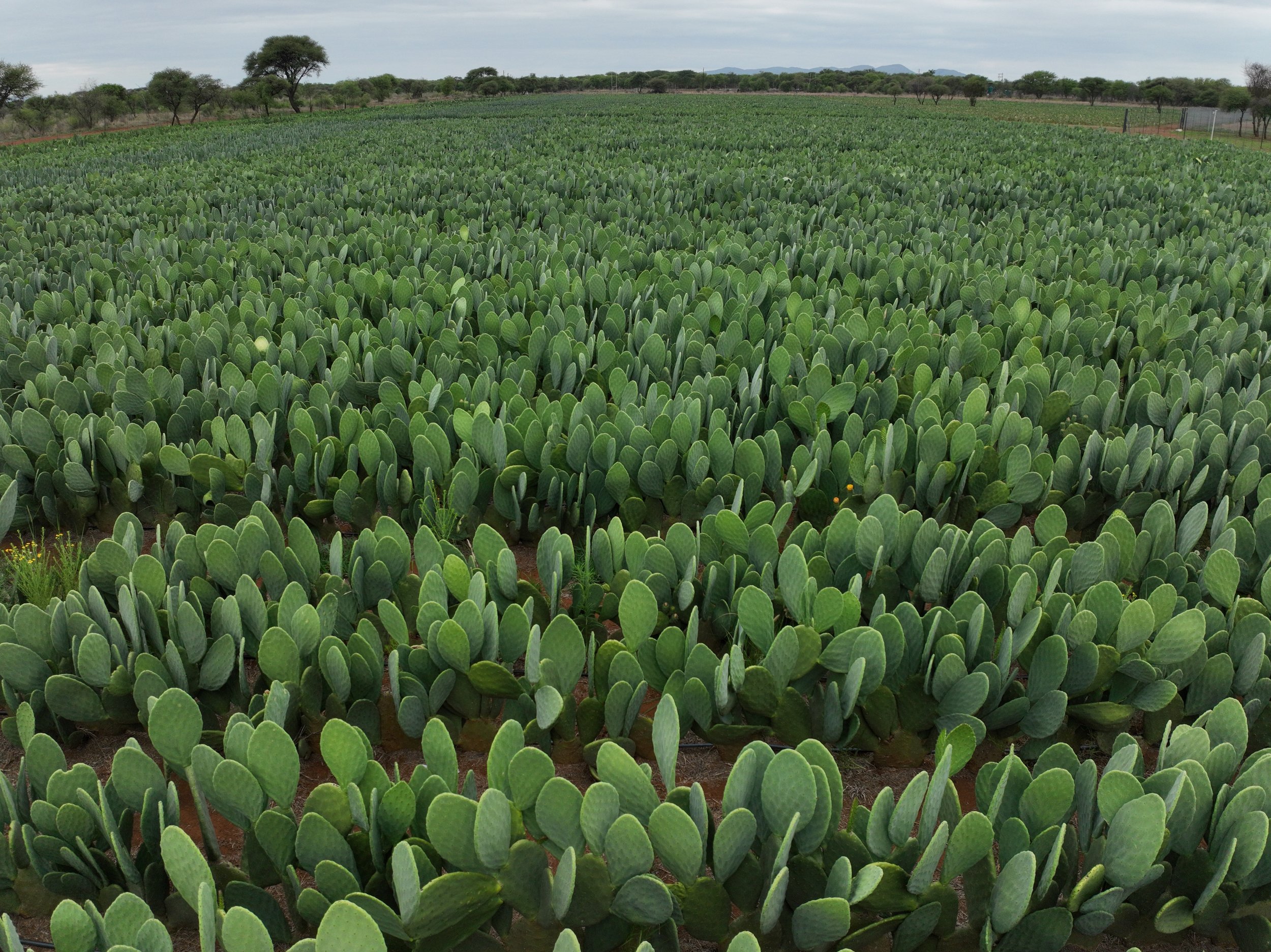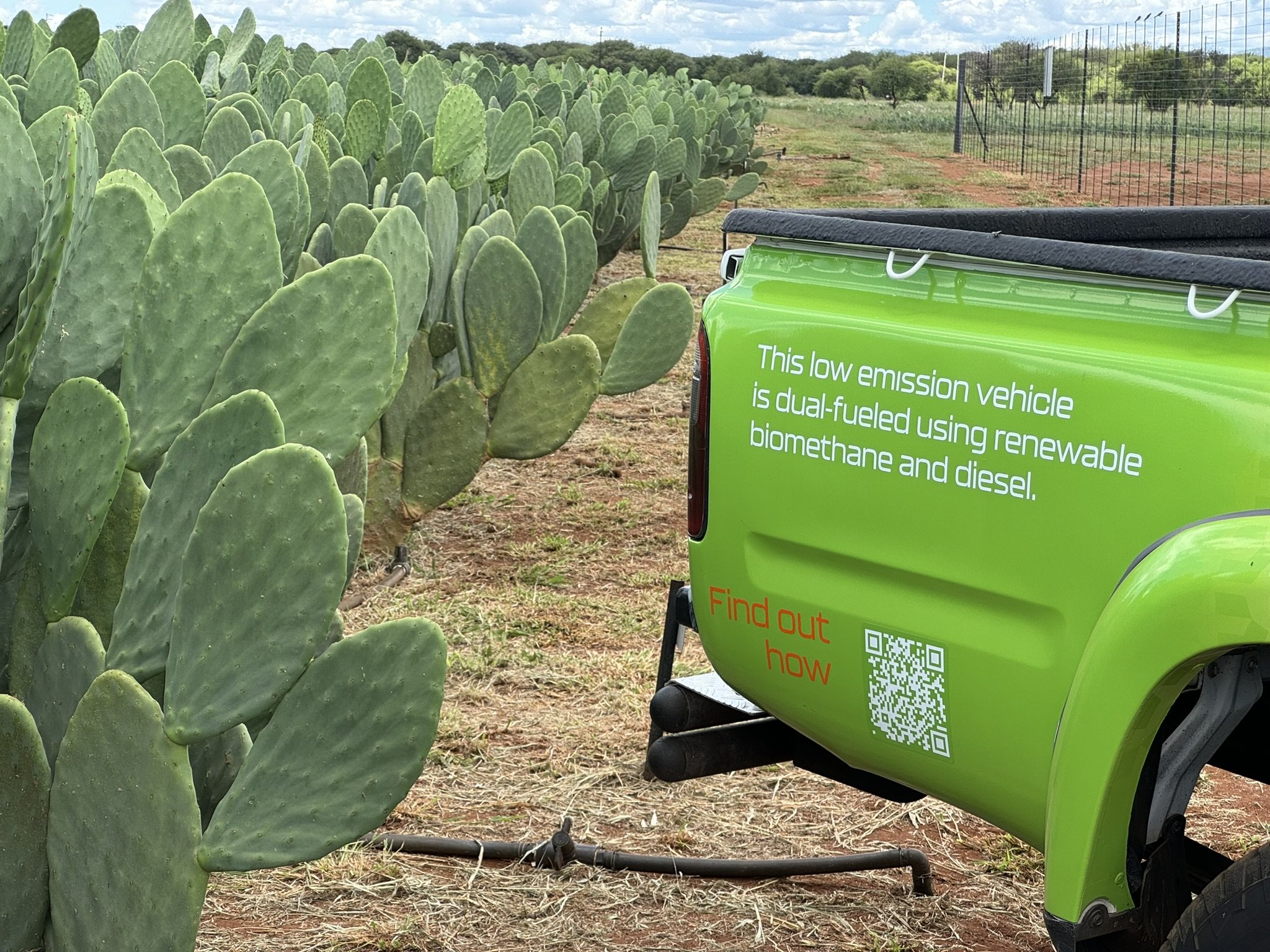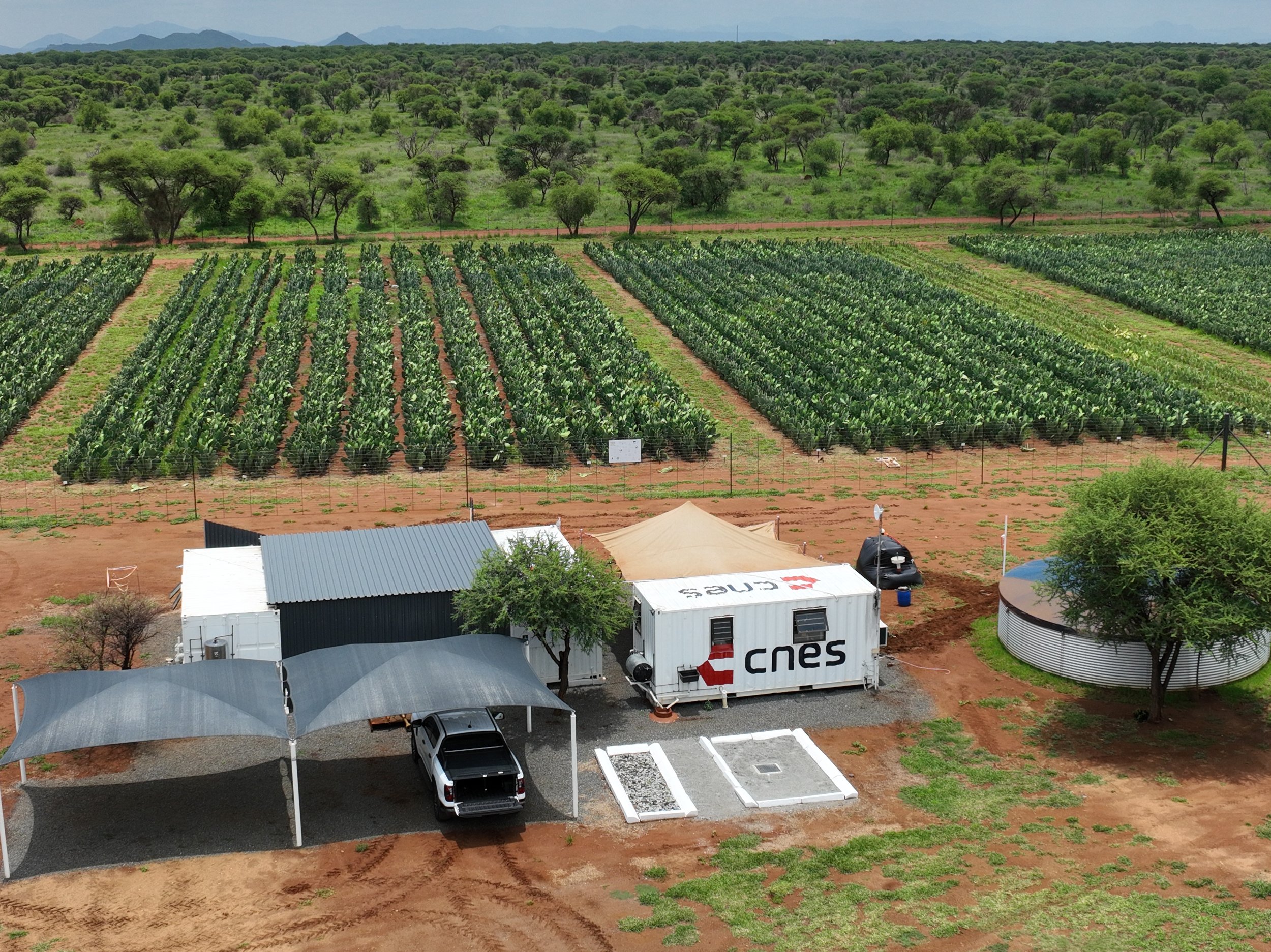
Cactus Biomass to Renewable Biomethane
TECHNOLOGY
Biogas is produced from the Opuntia Ficus Indica cactus (spineless variety of the prickly pear cactus) using anaerobic digestion. Gas washing, cleaning and upgrading technologies are then utilised to produce Biomethane, also known as Renewable Natural Gas (RNG), for use as an energy fuel source in industrial applications such as mobile or stationary equipment. Biomethane can either be compressed or liquified to produce Compressed Renewable Natural Gas (CRNG) or Liquified Renewable Natural Gas (LRNG) for ease of storage and transportation.
HOW IT WORKS
Anaerobic digestion is a natural process which uses micro-organisms to break down organic matter of the Opuntia cactus in the absence of oxygen, producing Biogas as a byproduct. Biogas contains a mixture of methane, carbon dioxide, and trace amounts of other impurities such as hydrogen sulphide, water, oxygen, ammonia, and volatile organic compounds. After the Biogas is washed and cleaned from impurities, it is upgraded to Biomethane through physical and chemical CO₂ absorption methods.
BENEFITS
-
Opuntia cactus is an attractive renewable feedstock for anaerobic digestion due to its drought resistance, ability to thrive in arid regions, and not competing against other food crops. Opuntia also assists in land remediation of mining affected soil.
-
CRNG can be produced for approx. 50% cheaper per litre than traditional fuel, reducing operational costs of industrial vehicles and power generation significantly.
-
The use of CRNG as a fuel is up to 100% less emitting than traditional fuels.
-
Biomethane can be utilised as a energy fuel source in a wide variety of industrial applications such as mobile and stationary equipment, power generation and process heat generation.
Biogas can also be utilised for cooking and water heating, making it a cost effective alternative to LPG.
INTERESTING FACTS
Distance a mini bus can drive a day using Biomethane produced from 1 hectare of Opuntia cactus (assuming 100% fuel switch)
200km
Approximate number of households that can be powered from 1 hectare of Opuntia cactus
8 households

C-NES has developed a low emission vehicle which is duel-fueled using renewable biomethane and diesel, for use at our Opuntia cactus plantation

Opuntia cactus plantation developed by C-NES for the production of renewable Biomethane

Aerial view of the Opuntia plantation developed by C-NES for the production of renewable Biomethane
Considering using Biogas or Biomethane?
Contact us for more information on Biogas and Biomethane utilisation in industrial applications, and how we can assist your company to achieve its GHG emissions targets whilst reducing operational costs.
